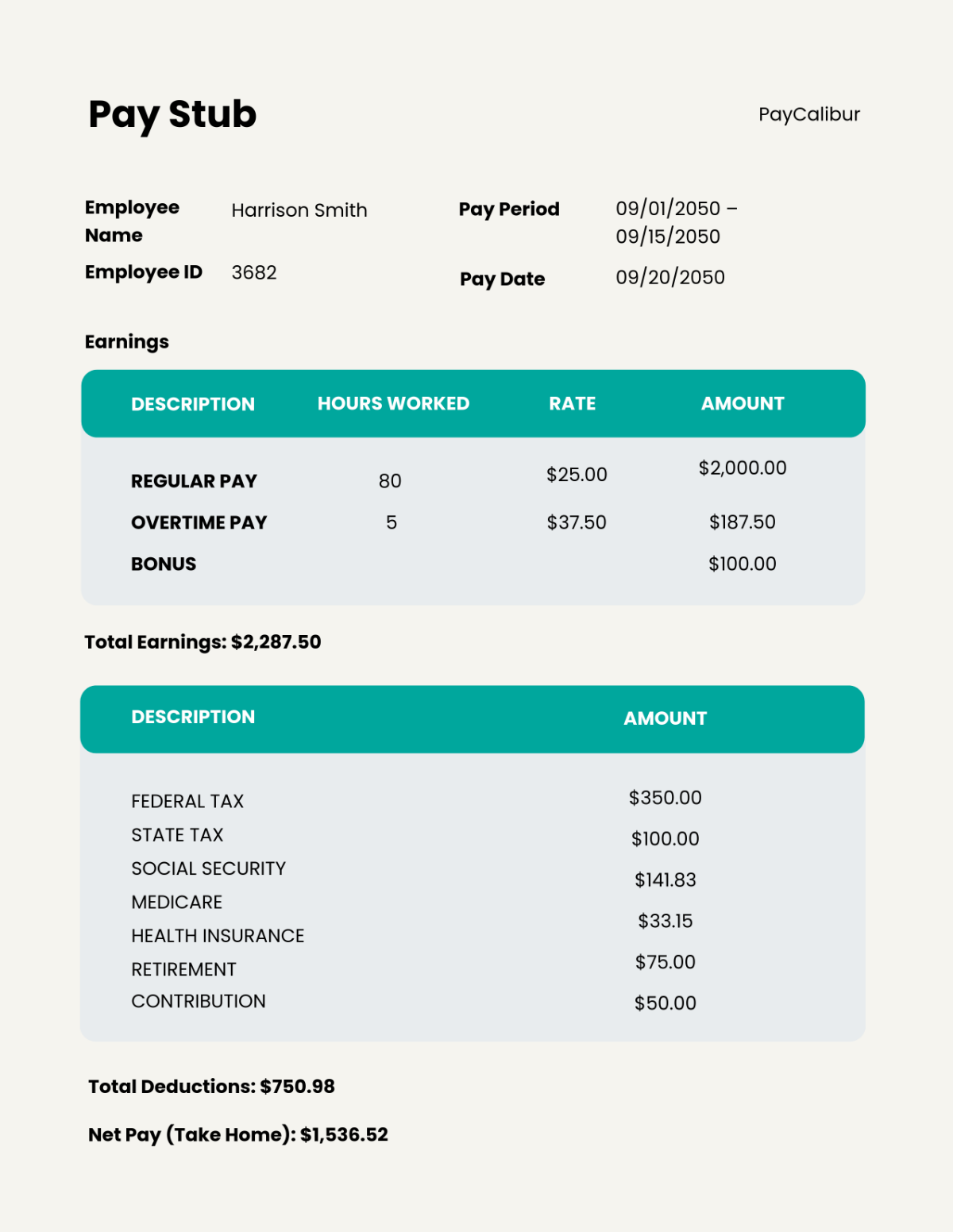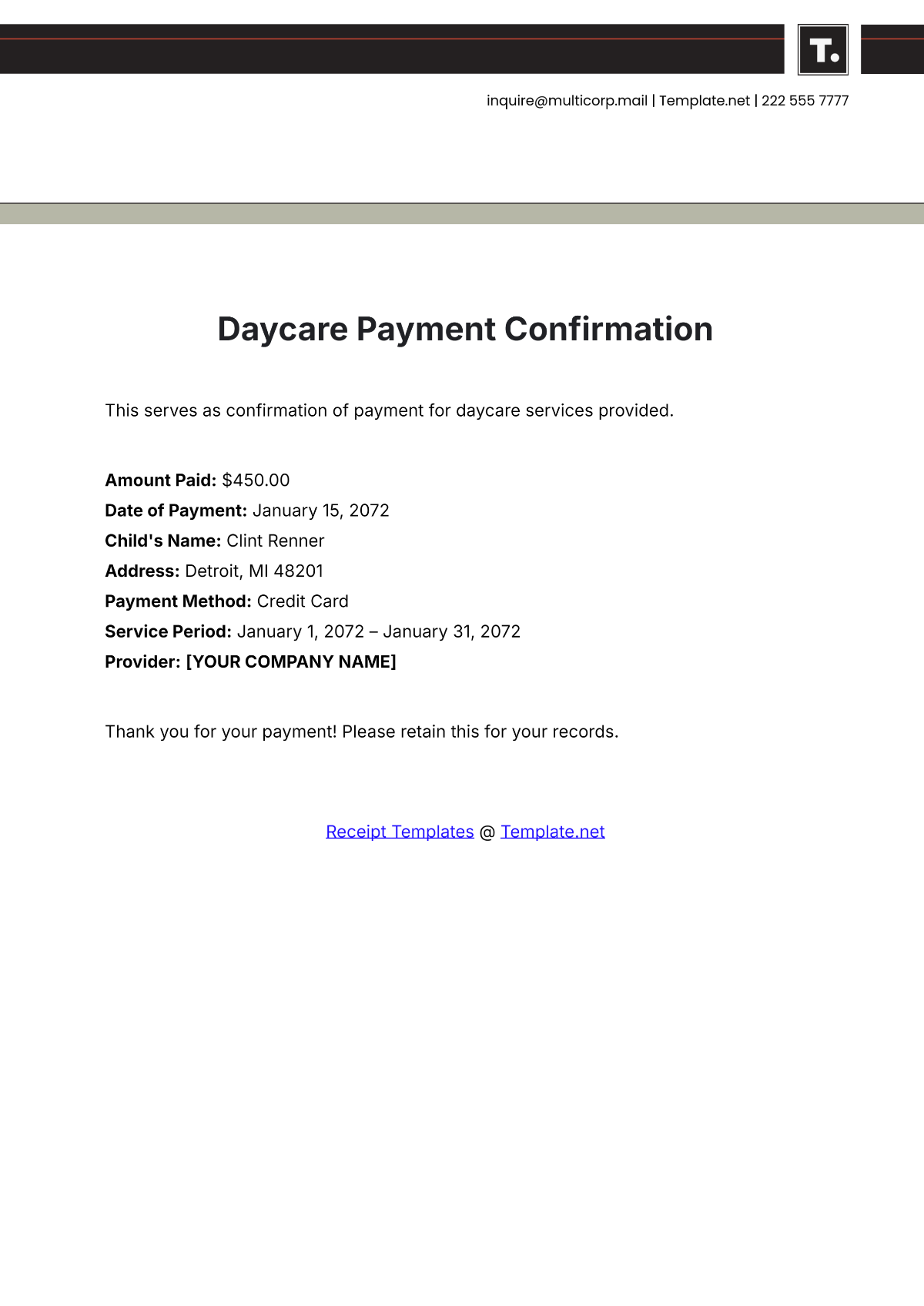Finance Control Crisis Management Protocol
I. Introduction
A. Background
In the dynamic landscape of finance, organizations encounter various challenges that may pose threats to financial stability. Recognizing the need for a strategic approach to navigate such uncertainties, the protocol is established. This protocol emerges from a thorough understanding of the intricate interplay of factors that can lead to financial crises, including economic downturns, regulatory changes, and unexpected disruptions. In essence, it serves as a proactive guide to equip organizations with the tools and procedures necessary to effectively manage and mitigate financial crises, fostering resilience and adaptability.
B. Objectives
Early Crisis Identification and Triggers
To establish mechanisms for the early identification of potential financial crises by defining triggers and implementing monitoring systems.
Efficient Resource Allocation
To develop guidelines for the optimal allocation of financial and human resources during a crisis, ensuring a swift and effective response.
Stakeholder Communication and Trust Preservation
To establish a comprehensive communication plan that ensures transparent and timely information dissemination to stakeholders, preserving trust during a financial crisis.
C. Scope
The protocol encompasses the entire organizational framework, involving all departments, teams, and stakeholders. It is designed to be applicable across various financial crisis scenarios, including economic downturns, market fluctuations, and regulatory challenges. The protocol extends its reach to internal and external communication channels, regulatory compliance, resource reallocation, and continuous improvement mechanisms. By adopting a holistic approach, the scope of this protocol is not only reactive but also proactive, aiming to fortify the organization against potential financial disruptions and fostering a culture of resilience.
II. Crisis Triggers and Identification
A. Definition of Crisis Triggers
Internal Triggers
Sudden budgetary shortfalls
Rapid and unexpected declines in revenue or unforeseen expenses impact financial stability.
Significant changes in leadership
Abrupt alterations in top-level management cause uncertainty in strategic financial planning.
Operational inefficiencies
Persistent issues in day-to-day operations hinder financial performance.
External Triggers
Economic recessions
Broader economic downturns with reduced consumer spending, increased unemployment, and decreased business activity.
Market downturns
Declines in financial markets, including stock market corrections or bear markets, impact asset values.
Regulatory shifts
Significant changes in regulations affecting the industry, markets, or financial practices.
B. Early Identification and Monitoring
Key Performance Indicators (KPIs)
Liquidity ratios
These measure the organization's ability to meet short-term obligations.
Debt-to-equity ratios
These assess the proportion of debt used to finance the organization relative to equity.
Profitability margins
These evaluate the efficiency of financial operations in generating profits.
Trend Analysis
Continuous examination of historical financial data is conducted to identify patterns and deviations.
Monitoring revenue trends, cost trends, and other key financial indicators over time is essential.
Identifying anomalies or shifts in trends that may signal emerging financial challenges is a critical aspect.
External Factors Monitoring
Regular tracking of economic indicators, market trends, and regulatory changes is essential.
Staying informed about external forces that could impact the organization's financial health is crucial.
Implementing proactive measures in response to anticipated external shifts ensures preparedness.
Regular Assessments
Periodic evaluations of cash flow, debt levels, and overall financial performance are conducted.
Conducting comprehensive financial health check-ups at predefined intervals is a proactive approach.
Detecting vulnerabilities and proactively addressing potential issues based on assessment outcomes is a strategic measure.
III. Roles and Responsibilities
The effective management of a financial crisis requires a well-defined allocation of roles and responsibilities within the organization. The table below outlines key positions and their respective responsibilities during a crisis:
Role | Responsibilities |
Crisis Response Leader |
|
Identifying roles and responsibilities is vital as it ensures that key individuals are empowered to lead specific aspects of crisis management, promoting efficiency, transparency, and a coordinated organizational response. Each role contributes uniquely to the overall strategy, emphasizing the significance of collaborative efforts in navigating financial uncertainties. The Crisis Response Leader plays a pivotal role in steering the organization through a crisis. By overseeing the overall strategy and coordinating communication, they ensure a unified and transparent response. Key decision-making on resource allocation and mitigation efforts rests with this role, underlining its critical function in navigating financial challenges.
IV. Crisis Communication Plan
A. Internal Communication
Establishing Communication Channels
The primary channel for internal communication during a crisis will be secured company portals, including the intranet, ensuring a controlled and confidential environment.
Regular updates will be disseminated through official company emails, providing essential information directly to employees' inboxes on a weekly basis.
Virtual town hall meetings via video conferencing will be conducted monthly to address queries and foster a sense of connection.
Ensuring Transparent Information Sharing
Emphasis will be placed on transparent communication through official company emails, conveying timely updates on the situation, organizational responses, and expectations on a bi-weekly basis.
Announcements on the intranet will serve as a centralized source of information, maintaining clarity and consistency, updated at least twice a week.
Town hall meetings will occur quarterly to reinforce transparent information sharing and address any emerging concerns.
Designating Internal Spokespersons
Designated spokespeople within the organization, including senior executives, department heads, and communication specialists, will undergo regular training sessions.
Training will focus on maintaining a unified and reliable internal messaging approach, ensuring consistency across different spokespeople, conducted annually.
Periodic drills and simulated scenarios will be conducted bi-annually to test the effectiveness of internal spokespersons in conveying information during a crisis.
B. External Communication
Media Relations Strategy
The primary channel for media communication will involve official company spokespersons handling inquiries, managing press releases, and controlling the narrative surrounding the crisis.
Press statements and briefings will be coordinated regularly, at least bi-monthly, to provide accurate and consistent information to the media.
Media training sessions will be conducted annually for spokespersons to enhance their ability.
Regulatory Compliance in Communication
External communications will strictly adhere to regulatory requirements to avoid any potential legal ramifications.
Coordination with legal experts will be integral to reviewing and approving external messages, ensuring full compliance, with legal briefings conducted semi-annually.
Regular legal briefings will be conducted semi-annually to keep communication teams updated on any changes.
Customer and Client Communication
Utilize channels such as official company emails, dedicated customer portals, and proactive outreach through customer service hotlines for communicating clients
Regular updates via official company emails will provide customers with relevant information on the impact of the crisis on services and operations, distributed monthly.
Periodic webinars and Q&A sessions will be conducted quarterly to address customer concerns.
V. Crisis Decision-Making Protocol
A. Crisis Leadership Team Activation
Identification of Crisis Leaders
The Crisis Leadership Team, comprising the CEO, CFO, and Heads of Critical Departments, will be identified and activated within one hour of crisis detection.
Team members' contact information and roles will be reviewed and updated quarterly to ensure immediate availability during crisis situations.
Communication Channels for Activation
Dedicated communication channels, including emergency contact lists and secure messaging platforms, will be established to facilitate swift activation.
Bi-monthly drills will be conducted to test the efficiency of communication channels and the response time of the team.
B. Decision-Making Process
Structured Decision-Making Framework
A structured decision-making framework, incorporating risk assessments and potential outcomes, will guide the Crisis Leadership Team.
Monthly scenario-based exercises will be conducted to enhance the team's familiarity with the decision-making framework.
Decision Documentation and Review
Decisions made during a crisis will be documented promptly, detailing the rationale, alternatives considered, and the expected impact.
Semi-annual reviews of past decisions will be conducted to identify areas for improvement and refine the decision-making process.
VI. Legal and Ethical Considerations
A. Legal Preparedness
Regular Legal Audits
Annually conduct comprehensive legal audits to assess the organization's compliance with relevant laws and regulations during a crisis.
Identify potential legal risks and vulnerabilities, updating crisis response strategies accordingly based on audit findings.
Legal Consultation Protocols
The timeframe for obtaining initial legal advice, aiming for a response within one hour.
Maintain a regularly reviewed list of legal contacts to facilitate swift communication and guidance in critical situations.
Documentation of Legal Decisions
Ensure all legal decisions made during a crisis are thoroughly documented, including legal justifications.
Conduct an annual review of legal documentation practices to maintain consistency and alignment with legal standards.
B. Ethical Guidelines
Code of Conduct Review
Bi-annually review and update the organization's Code of Conduct, emphasizing ethical behavior during crisis situations.
Include comprehensive bi-annual training sessions to reinforce ethical guidelines and expectations among all employees.
Whistleblower Protection Protocols
The company’s website offers an anonymous channel for confidential reporting channels of whistleblowers. This is to ensure anonymity and non-retaliation.
Implement and regularly review robust whistleblower protection protocols, ensuring employees feel secure reporting ethical concerns during a crisis.
VII. Review and Update
A. Regular Protocol Audits
Conduct annual audits of the protocol to evaluate its effectiveness and identify areas for improvement.
Engage an external expert biennially to provide an objective assessment of the protocol's relevance and alignment with industry best practices.
B. Feedback Mechanism
Establish a structured feedback mechanism involving all stakeholders, including Crisis Leadership Team members, legal experts, and relevant department heads.
Conduct quarterly feedback sessions to gather insights on the protocol's practicality and responsiveness to emerging crisis scenarios.
C. Documentation of Updates
Thoroughly document all updates and revisions made to the protocol, maintaining a comprehensive record of changes.
Include a detailed log of modifications, specifying the reasons for each update and the stakeholders involved in the decision-making process.

















































